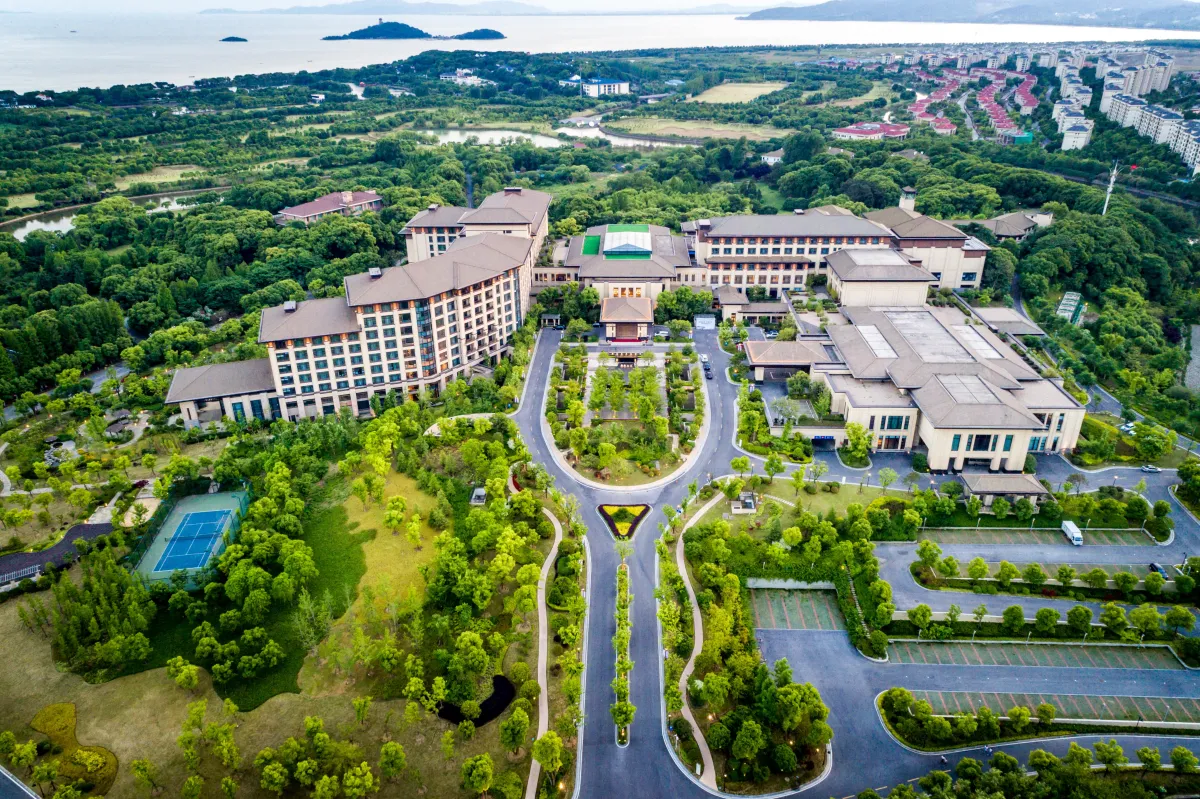
How to Choose a Neighborhood for University Proximity in DFW
How to Choose a Neighborhood for University Proximity in DFW
By Steven J. Thomas

Direct Answer
When choosing a home near a Dallas–Fort Worth university, focus on commute time, rental demand, walkability, and resale value.
Neighborhoods close to campuses like SMU, TCU, UNT, UT Arlington, and Dallas College attract steady housing demand, making them ideal for both personal use and long-term investment.
The right area balances convenience with lifestyle — giving you access to education, entertainment, and value growth.
1. Why University Proximity Matters
Living near a major university offers more than convenience — it’s about stability and opportunity.
Universities anchor local economies. They attract students, faculty, medical staff, and corporate partnerships that create consistent rental demand and property value resilience.
For buyers, that means:
Strong resale potential
Steady rental income options
Access to amenities like dining, entertainment, and public transit
2. Major University Zones in DFW
Dallas–Fort Worth has more than 20 major universities, each shaping nearby housing demand and lifestyle.
In Dallas, SMU anchors the Highland Park and University Park area, with nearby neighborhoods like the M Streets, Lakewood, and Lower Greenville attracting families and faculty.
In Fort Worth, TCU drives activity in Tanglewood, Bluebonnet Hills, and Fairmount — ideal for parents and investors.
Up north, UNT in Denton fuels steady demand in Southridge, Cooper Creek, and Forrestridge, popular with first-time buyers and student rentals.
UT Arlington supports commuter living in Viridian and Interlochen, while DBU strengthens value markets in Mountain Creek, Grand Prairie, and Cedar Hill.
Finally, UT Dallas in Richardson attracts faculty, tech professionals, and international families in areas like Canyon Creek, Plano, and Murphy.
Each university zone offers strong rental potential, resale value, and convenient access to education and employment hubs across DFW.
📍 Explore local listings: DFW Homes for Sale
3. Commute vs. Lifestyle
University proximity doesn’t always mean living next door.
Sometimes, a 10–15 minute drive gives you more space, safety, and home options.
When evaluating proximity, consider:
Commute time: Under 20 minutes ideal
Traffic flow: Use Google Maps at peak times
Transit: DART access near SMU, UNT, and UTA
Noise levels: Off-campus areas can be quieter and easier to resell
💡 Tip: I help clients use “Lifestyle Radius Search” — mapping commute zones from target campuses with school, work, and amenities layered in.
4. Safety and School Districts
Families often choose to live near universities for access to strong nearby public and private schools.
In areas like Highland Park ISD (SMU) or Tanglewood Elementary (TCU), proximity adds both educational and resale benefits.
Always check:
TEA School Ratings (A–F system)
Crime heat maps via local police departments
Future development plans that could affect traffic or zoning
5. Investor Considerations
University-adjacent homes are a proven rental strategy in DFW.
Rental demand remains steady year-round, especially near SMU, TCU, and UNT.
Investors should focus on:
3–4 bedroom single-family homes (student groups & faculty)
Duplexes or townhomes within 2–3 miles of campus
Low-maintenance properties for easy turnover
Average annual rent growth near major campuses: 4–6%, higher than metro average.
💼 Tip: Use my investor ROI models to compare rent-back options vs. equity growth before buying.
6. Traffic, Parking, and Transit
Parking is limited around major campuses, so evaluate access to:
Major roads (Central Expy, Chisholm Trail Pkwy, I-30)
DART or Trinity Railway Express stations
Ride-share or shuttle services
For SMU and TCU zones, walkable neighborhoods with driveway or alley access add real value and convenience.
7. Resale Value and Market Trends
Homes near universities tend to hold value through market cycles.
Why? Continuous housing demand and redevelopment potential.
5-year average appreciation rates (2019–2024):
SMU / University Park: +42%
TCU / Fort Worth: +39%
UNT / Denton: +36%
UTA / Arlington: +33%
These micro-markets outperform the broader DFW average because supply is limited and demand is predictable.
📈 More on this trend: The Effect of Big Employers Moving to DFW
8. New Construction Options
Several suburbs around university zones are seeing new construction growth — especially in Denton, Grand Prairie, and Richardson.
Advantages of new builds near universities:
Energy efficiency (lower utilities for tenants)
Builder warranties (reduced maintenance)
Appeal to faculty or graduate student renters
🏘️ Explore DFW New Construction Homes: DFW New Construction Homes
9. Balancing Investment and Lifestyle
If you’re buying for both personal and investment reasons, prioritize:
Walkability & amenities
Future development maps
Zoning flexibility (for future rental conversion)
Long-term hold potential (5+ years)
A home near a university can serve as:
A family residence
A student rental
A future Airbnb or relocation rental
A long-term appreciation asset
Conclusion
Choosing a neighborhood near a university in DFW isn’t just about proximity — it’s about positioning for value, lifestyle, and flexibility.
Whether you’re buying for your student, investing in steady rental income, or relocating for work, proximity to DFW’s major campuses can deliver consistent returns and convenience.
Plan strategically, research local demand, and partner with a local expert who knows both real estate and lending in university-driven micro-markets.
📍 Explore DFW Homes for Sale
📅 Book a Home Goals Consultation
📈 Get Pre-Approved
Key Takeaways
DFW has over 20 major universities that anchor housing demand.
University proximity boosts rental and resale potential.
Best-performing areas: SMU/University Park, TCU/Tanglewood, UNT/Denton, UTA/Arlington.
Combine commute convenience, safety, and future value.
Ideal for families, faculty, and investors alike.